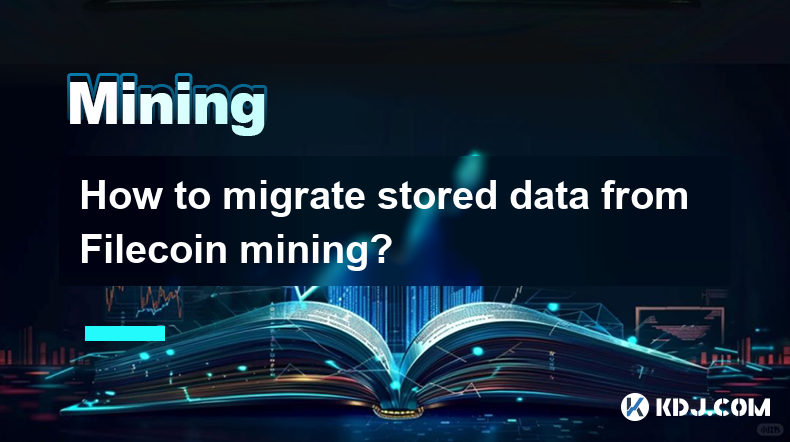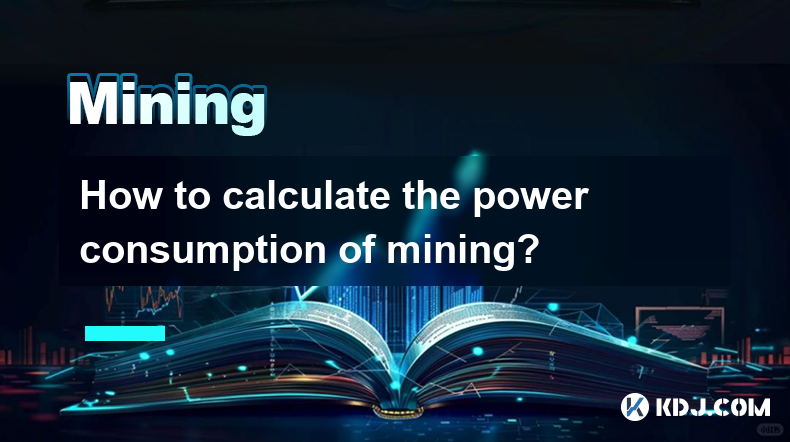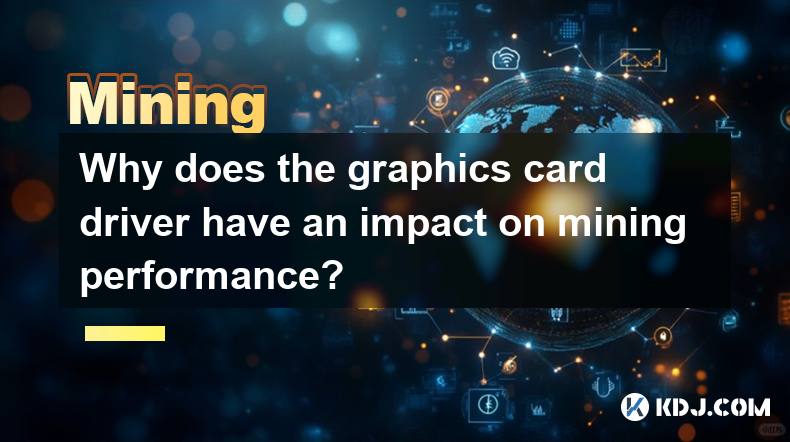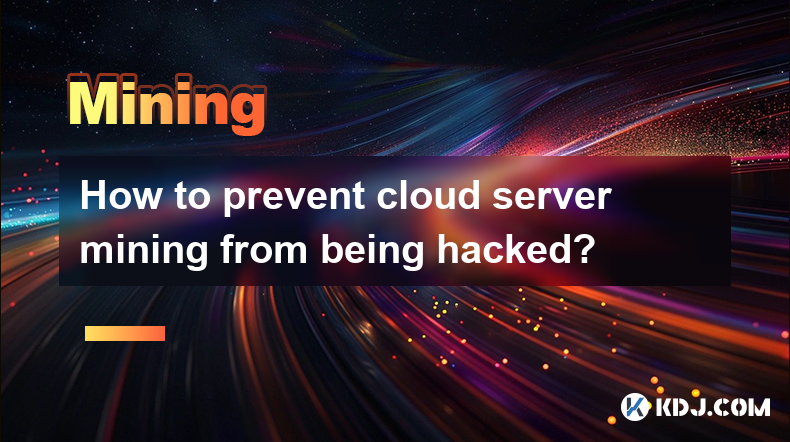-
 Bitcoin
Bitcoin $85,502.0881
1.20% -
 Ethereum
Ethereum $1,639.4521
0.85% -
 Tether USDt
Tether USDt $0.9996
-0.01% -
 XRP
XRP $2.1390
0.55% -
 BNB
BNB $588.3706
-0.08% -
 Solana
Solana $131.3593
-0.84% -
 USDC
USDC $0.9998
0.00% -
 TRON
TRON $0.2517
-1.73% -
 Dogecoin
Dogecoin $0.1593
-3.42% -
 Cardano
Cardano $0.6406
-0.13% -
 UNUS SED LEO
UNUS SED LEO $9.4322
0.43% -
 Chainlink
Chainlink $12.6581
-0.21% -
 Avalanche
Avalanche $19.8833
0.15% -
 Stellar
Stellar $0.2400
-0.26% -
 Toncoin
Toncoin $2.9250
3.05% -
 Sui
Sui $2.1873
-3.21% -
 Hedera
Hedera $0.1667
-0.75% -
 Shiba Inu
Shiba Inu $0.0...01189
-2.36% -
 Bitcoin Cash
Bitcoin Cash $331.2466
-3.08% -
 Litecoin
Litecoin $77.8113
-0.33% -
 Polkadot
Polkadot $3.6552
-0.86% -
 Hyperliquid
Hyperliquid $16.2102
2.32% -
 Dai
Dai $0.9998
-0.02% -
 Bitget Token
Bitget Token $4.3218
1.40% -
 Pi
Pi $0.7424
-0.96% -
 Ethena USDe
Ethena USDe $0.9990
0.02% -
 Monero
Monero $211.3882
1.87% -
 Uniswap
Uniswap $5.3716
-0.75% -
 OKB
OKB $52.1607
-1.51% -
 Pepe
Pepe $0.0...07400
-0.34%
How much impact does the mining difficulty of home computer mining have on the benefits?
Mining difficulty significantly impacts home computer mining; as it rises, the chances of earning block rewards decrease, often making it unprofitable due to high energy costs.
Apr 12, 2025 at 11:01 pm

The mining difficulty of cryptocurrencies significantly affects the benefits that can be derived from mining on a home computer. Mining difficulty refers to the measure of how difficult it is to find a hash below a given target, which is a critical component of the mining process for cryptocurrencies like Bitcoin. This article will explore the impact of mining difficulty on the benefits of home computer mining in detail.
Understanding Mining Difficulty
Mining difficulty is adjusted periodically to maintain a consistent block time, which is the average time it takes to mine a new block. For Bitcoin, the block time is set to be around 10 minutes. The difficulty adjusts roughly every two weeks, or every 2016 blocks, to account for changes in the total computational power of the network.
The difficulty adjustment ensures that as more miners join the network, the difficulty increases, making it harder to mine a block. Conversely, if miners leave the network, the difficulty decreases, making it easier to mine a block. This mechanism aims to keep the rate of new block creation stable, regardless of the total computational power of the network.
Impact on Home Computer Mining
For individuals mining on a home computer, mining difficulty has a direct impact on the potential benefits they can achieve. As the difficulty increases, the likelihood of successfully mining a block decreases. This means that for a home computer with limited computational power, the chances of earning the block reward become slimmer.
Additionally, the increased difficulty means that the energy consumption and operational costs associated with mining become less justifiable. Home computers are typically not as energy-efficient as dedicated mining hardware, so the cost of electricity can quickly outweigh the potential rewards from mining.
Calculating the Benefits
To understand the impact of mining difficulty on the benefits of home computer mining, it's essential to calculate the potential rewards and compare them to the costs. The primary benefit of mining is the block reward, which is the amount of cryptocurrency awarded to the miner who successfully mines a new block.
The formula to estimate the potential benefits is:
[ \text{Potential Benefits} = \frac{\text{Block Reward} \times \text{Number of Blocks Mined}}{\text{Time Period}} ]
However, the number of blocks mined is directly influenced by the mining difficulty. As the difficulty increases, the number of blocks mined by a home computer decreases, leading to lower potential benefits.
Case Study: Bitcoin Mining on a Home Computer
Let's consider a case study to illustrate the impact of mining difficulty on home computer mining. Suppose a home computer has a hash rate of 10 TH/s (terahashes per second), which is relatively high for a home setup. At the time of writing, the Bitcoin mining difficulty is around 30 trillion.
Using a mining calculator, we can estimate the number of blocks this home computer could mine over a period of time. Let's assume a 24-hour period for simplicity.
- Block Reward: 6.25 BTC (current reward at the time of writing)
- Hash Rate: 10 TH/s
- Mining Difficulty: 30 trillion
The mining calculator would show that the home computer has a very low chance of mining a block within 24 hours due to the high difficulty. Even if it were to mine a block, the electricity costs would likely outweigh the value of the block reward.
Energy Consumption and Costs
One of the critical factors to consider when assessing the impact of mining difficulty on home computer mining is the energy consumption and associated costs. Home computers are not designed for the continuous operation required for mining, and their energy efficiency is generally lower than dedicated mining hardware.
To calculate the energy costs, you need to know the power consumption of your computer in watts (W) and the cost of electricity per kilowatt-hour (kWh). The formula to estimate the daily energy cost is:
[ \text{Daily Energy Cost} = \frac{\text{Power Consumption (W)} \times \text{Hours per Day} \times \text{Electricity Cost per kWh}}{1000} ]
For example, if your home computer consumes 500 W and the electricity cost is $0.10 per kWh, the daily energy cost would be:
[ \text{Daily Energy Cost} = \frac{500 \times 24 \times 0.10}{1000} = \$1.20 ]
If the potential benefits from mining are less than this daily energy cost, then mining on a home computer becomes unprofitable.
Alternative Cryptocurrencies
While the mining difficulty of Bitcoin makes it challenging for home computers to mine profitably, there are alternative cryptocurrencies with lower mining difficulties that may be more suitable for home mining. These cryptocurrencies often use different algorithms that are more accessible to home computers.
For instance, some cryptocurrencies use the Scrypt algorithm, which is less demanding on hardware than Bitcoin's SHA-256 algorithm. Cryptocurrencies like Litecoin and Dogecoin use Scrypt and might be more feasible for home miners.
However, it's important to research the specific mining difficulty and potential rewards of these alternative cryptocurrencies before starting to mine. The principles of calculating potential benefits and costs remain the same, but the numbers will differ based on the cryptocurrency in question.
Frequently Asked Questions
Q1: Can I mine cryptocurrencies other than Bitcoin on a home computer?
Yes, you can mine other cryptocurrencies on a home computer, especially those that use algorithms like Scrypt. Examples include Litecoin and Dogecoin. However, you should still calculate the potential benefits and costs to determine if it's profitable.
Q2: How often does the mining difficulty change for Bitcoin?
The mining difficulty for Bitcoin adjusts approximately every two weeks, or every 2016 blocks, to maintain a consistent block time of around 10 minutes.
Q3: Is it possible to join a mining pool to improve my chances of earning rewards on a home computer?
Yes, joining a mining pool can increase your chances of earning rewards. Mining pools combine the computational power of multiple miners, increasing the likelihood of successfully mining a block. The rewards are then distributed among the pool members based on their contributed hash rate.
Q4: What are the risks of mining on a home computer?
Mining on a home computer can pose several risks, including increased wear and tear on your hardware, higher electricity bills, and the potential for overheating. It's important to monitor your computer's temperature and ensure it has adequate cooling to prevent damage.
Disclaimer:info@kdj.com
The information provided is not trading advice. kdj.com does not assume any responsibility for any investments made based on the information provided in this article. Cryptocurrencies are highly volatile and it is highly recommended that you invest with caution after thorough research!
If you believe that the content used on this website infringes your copyright, please contact us immediately (info@kdj.com) and we will delete it promptly.
- Shifting Attention from ADA and XRP to Up-and-Coming Mutuum Finance (MUTM)
- 2025-04-15 15:00:12
- Trump Pauses Tariffs on Imports From China, Boosting Crypto and Stock Markets
- 2025-04-15 15:00:12
- 21Shares AG and the House of Doge Launch the World's First Dogecoin Exchange Traded Product (ETP)
- 2025-04-15 14:55:12
- The governor of the Northern Mariana Islands has killed the legislation that would have allowed one of the territory's local governments to launch a fully backed US dollar-pegged stablecoin.
- 2025-04-15 14:55:12
- Aston Villa vs PSG betting tips
- 2025-04-15 14:50:12
- Bitcoin (BTC) and Altcoins Hold Steady as Hopes of a Fed Intervention Rise
- 2025-04-15 14:45:13
Related knowledge

How to join Filecoin mining network?
Apr 14,2025 at 09:07pm
Joining the Filecoin mining network can be an exciting opportunity for those looking to participate in decentralized storage solutions. Filecoin, a decentralized storage network, allows users to rent out their unused storage space in exchange for FIL tokens. This article will guide you through the process of joining the Filecoin mining network, covering...

Why does graphics card mining require specific drivers?
Apr 14,2025 at 06:21pm
Graphics card mining, particularly for cryptocurrencies like Bitcoin and Ethereum, has become a popular way for enthusiasts to leverage their hardware to generate income. However, to effectively mine with a graphics card, specific drivers are required. This necessity stems from several key factors that ensure the mining process is optimized and efficien...

How to migrate stored data from Filecoin mining?
Apr 14,2025 at 10:49pm
Migrating stored data from Filecoin mining involves a series of steps that require careful planning and execution. Filecoin is a decentralized storage network that allows users to store, retrieve, and transfer data. When you need to migrate your data from one storage provider to another, or to a different location within the Filecoin network, it is cruc...

How to calculate the power consumption of mining?
Apr 15,2025 at 11:28am
Mining cryptocurrencies, such as Bitcoin, involves using specialized hardware to solve complex mathematical problems, a process that consumes a significant amount of electricity. Understanding the power consumption of mining is crucial for miners to estimate their operational costs and assess the profitability of their mining operations. This article wi...

Why does the graphics card driver have an impact on mining performance?
Apr 15,2025 at 03:14pm
The graphics card, also known as the GPU (Graphics Processing Unit), plays a crucial role in cryptocurrency mining due to its ability to perform complex calculations at high speeds. The driver for the graphics card acts as a translator between the hardware and the operating system, ensuring that the GPU functions optimally. The impact of the graphics ca...

How to prevent cloud server mining from being hacked?
Apr 14,2025 at 10:56pm
In the realm of cryptocurrency, cloud server mining represents a significant investment for many enthusiasts and professionals alike. However, the security of these servers is paramount, as they are prime targets for hackers looking to exploit vulnerabilities and steal valuable digital assets. This article will explore various strategies to safeguard yo...

How to join Filecoin mining network?
Apr 14,2025 at 09:07pm
Joining the Filecoin mining network can be an exciting opportunity for those looking to participate in decentralized storage solutions. Filecoin, a decentralized storage network, allows users to rent out their unused storage space in exchange for FIL tokens. This article will guide you through the process of joining the Filecoin mining network, covering...

Why does graphics card mining require specific drivers?
Apr 14,2025 at 06:21pm
Graphics card mining, particularly for cryptocurrencies like Bitcoin and Ethereum, has become a popular way for enthusiasts to leverage their hardware to generate income. However, to effectively mine with a graphics card, specific drivers are required. This necessity stems from several key factors that ensure the mining process is optimized and efficien...

How to migrate stored data from Filecoin mining?
Apr 14,2025 at 10:49pm
Migrating stored data from Filecoin mining involves a series of steps that require careful planning and execution. Filecoin is a decentralized storage network that allows users to store, retrieve, and transfer data. When you need to migrate your data from one storage provider to another, or to a different location within the Filecoin network, it is cruc...

How to calculate the power consumption of mining?
Apr 15,2025 at 11:28am
Mining cryptocurrencies, such as Bitcoin, involves using specialized hardware to solve complex mathematical problems, a process that consumes a significant amount of electricity. Understanding the power consumption of mining is crucial for miners to estimate their operational costs and assess the profitability of their mining operations. This article wi...

Why does the graphics card driver have an impact on mining performance?
Apr 15,2025 at 03:14pm
The graphics card, also known as the GPU (Graphics Processing Unit), plays a crucial role in cryptocurrency mining due to its ability to perform complex calculations at high speeds. The driver for the graphics card acts as a translator between the hardware and the operating system, ensuring that the GPU functions optimally. The impact of the graphics ca...

How to prevent cloud server mining from being hacked?
Apr 14,2025 at 10:56pm
In the realm of cryptocurrency, cloud server mining represents a significant investment for many enthusiasts and professionals alike. However, the security of these servers is paramount, as they are prime targets for hackers looking to exploit vulnerabilities and steal valuable digital assets. This article will explore various strategies to safeguard yo...
See all articles























































































